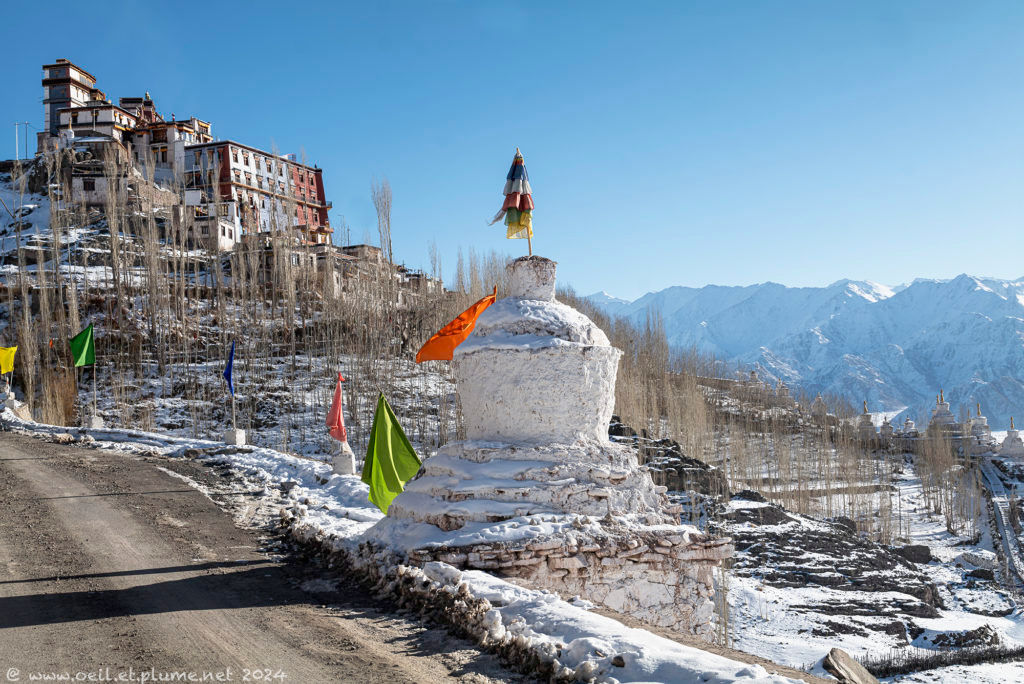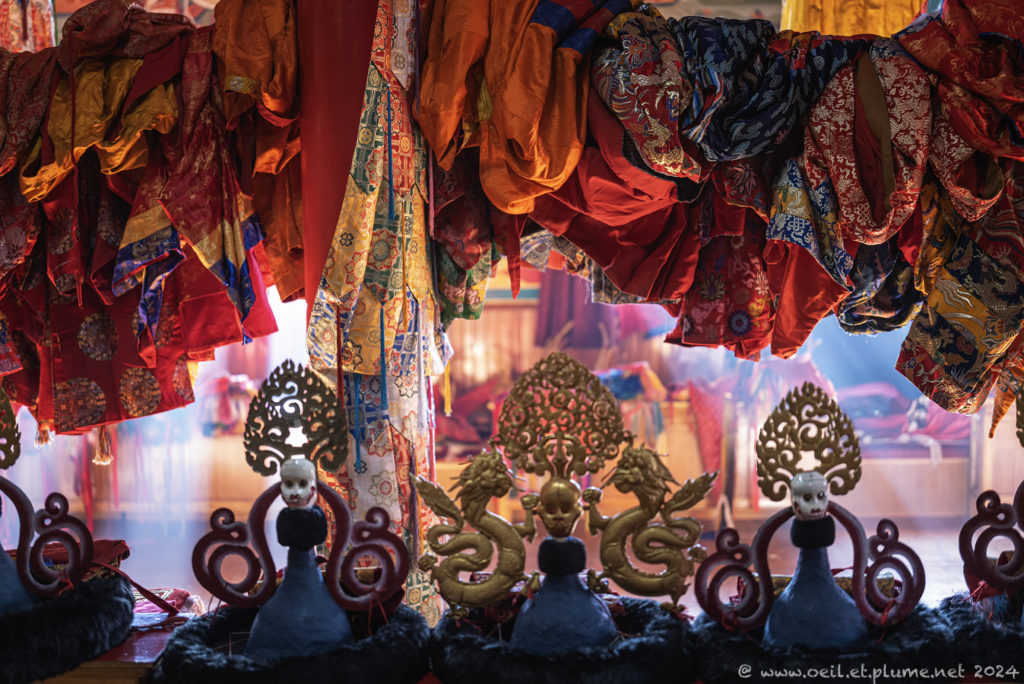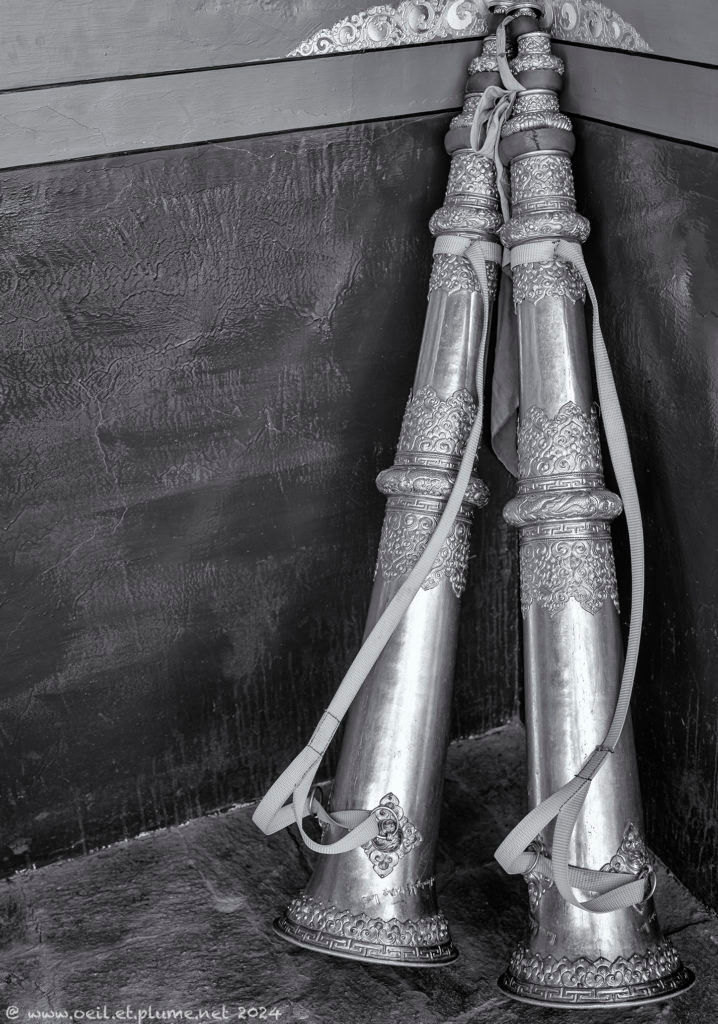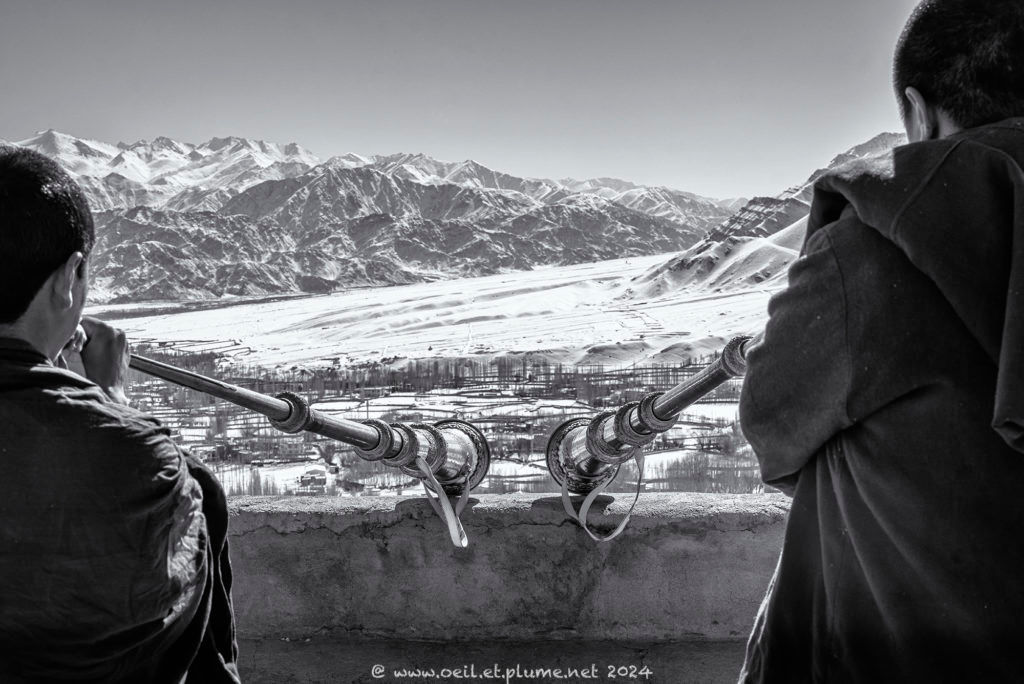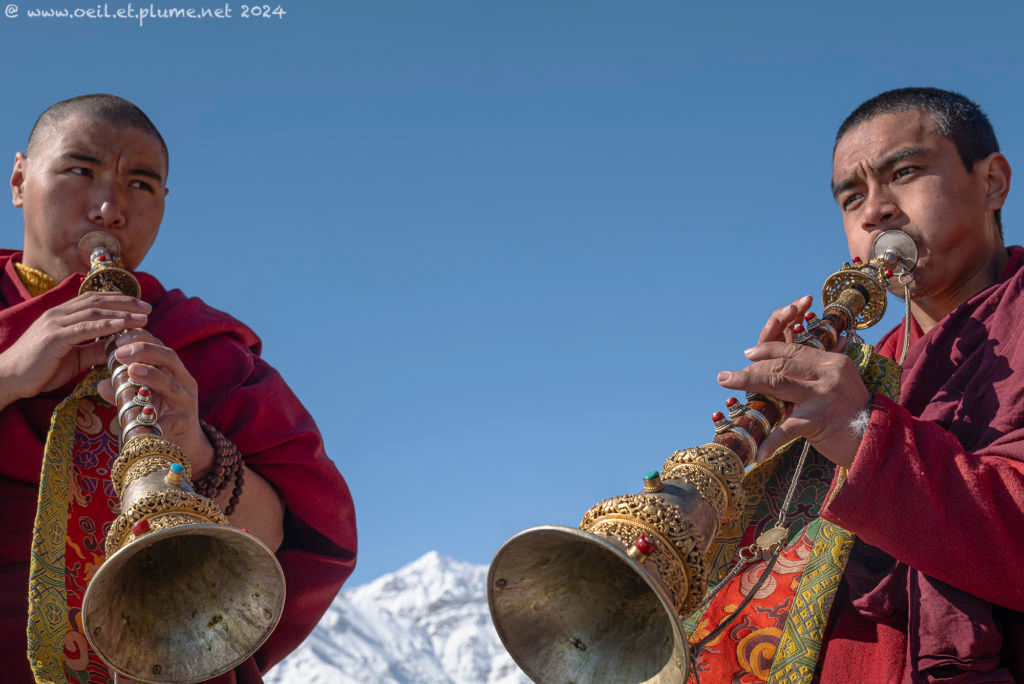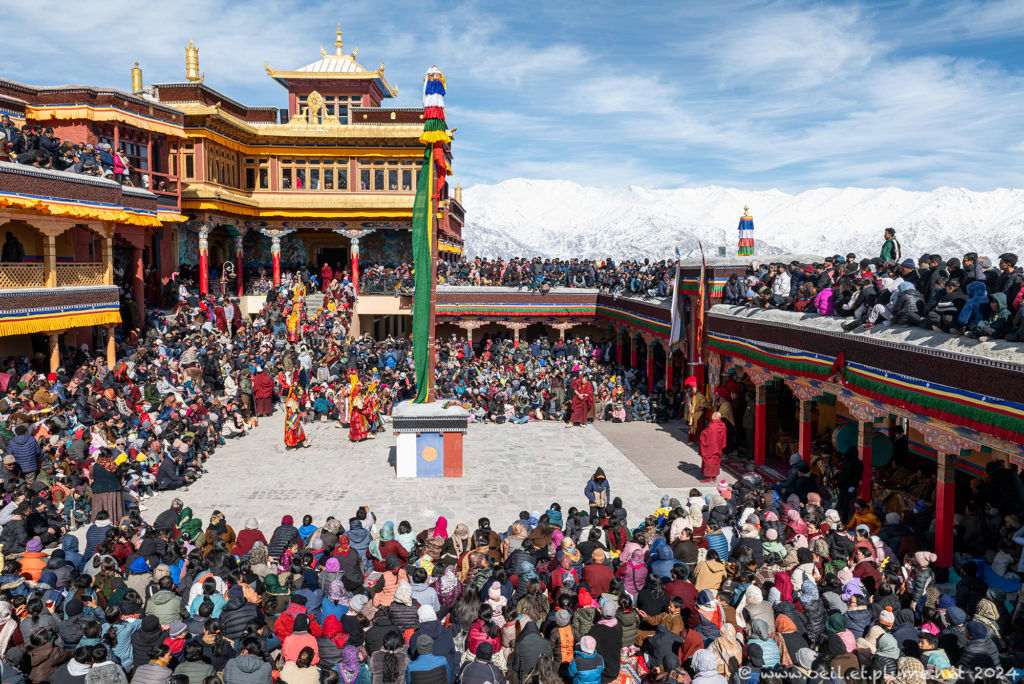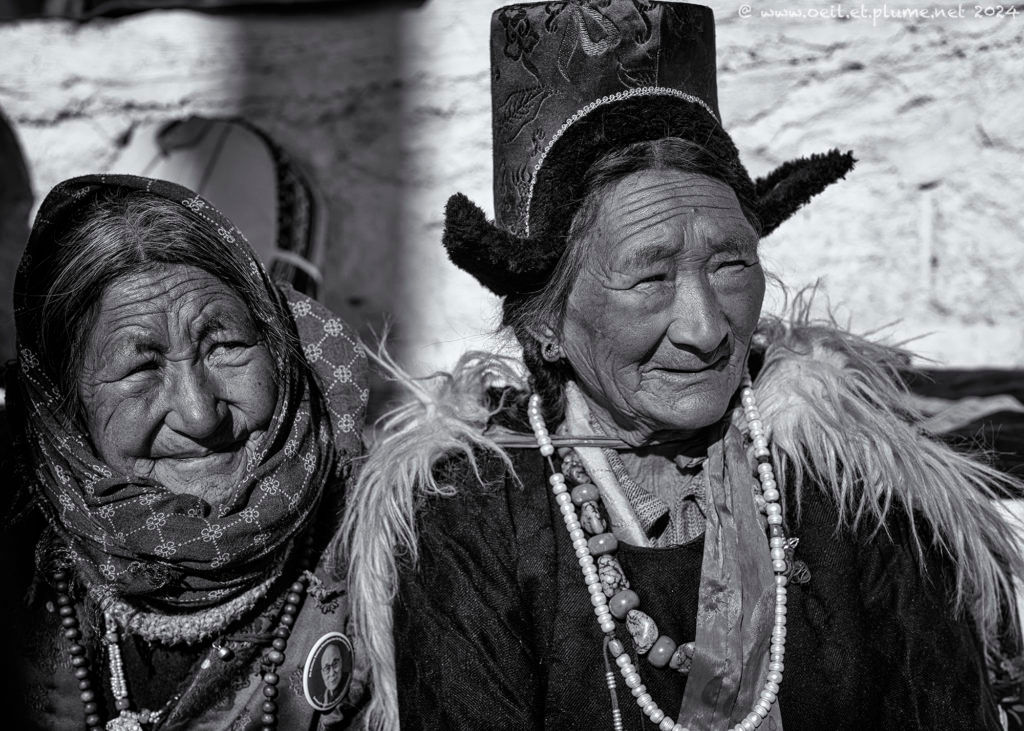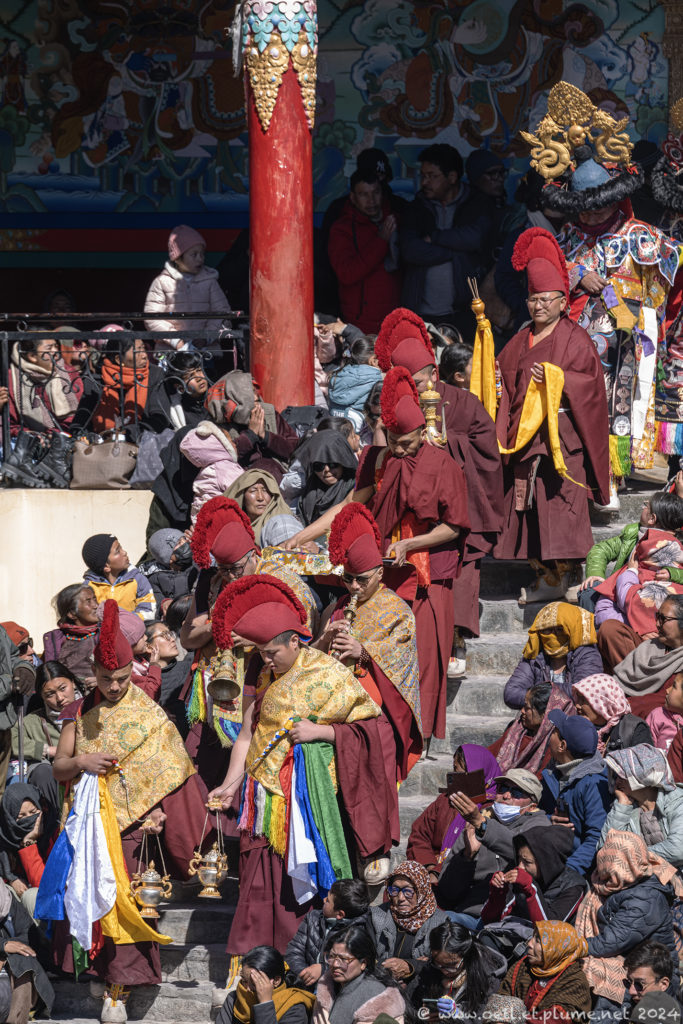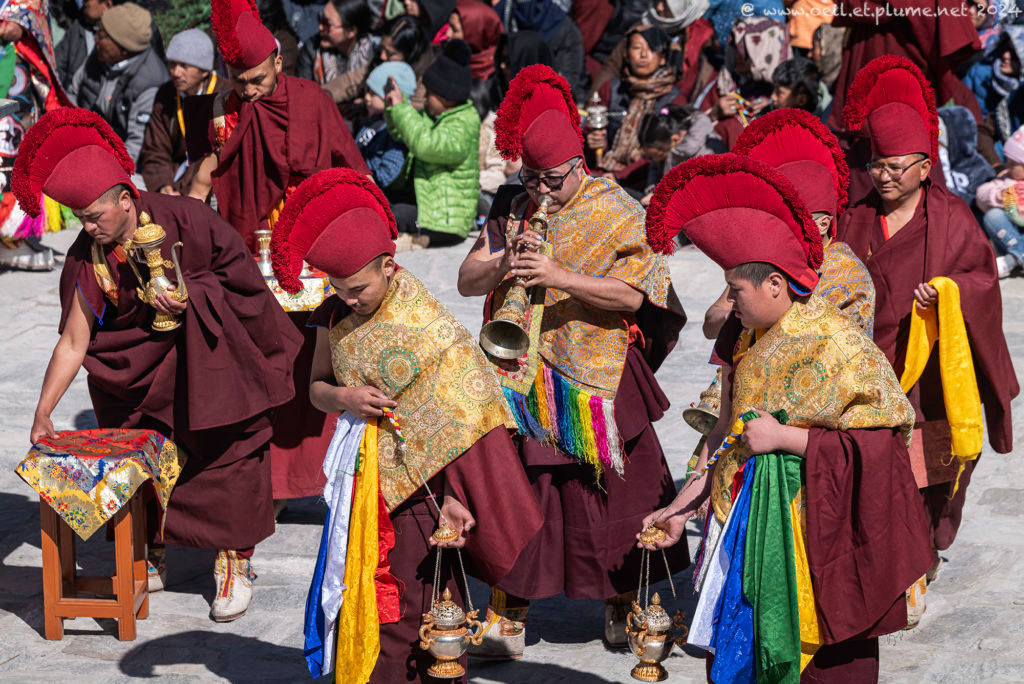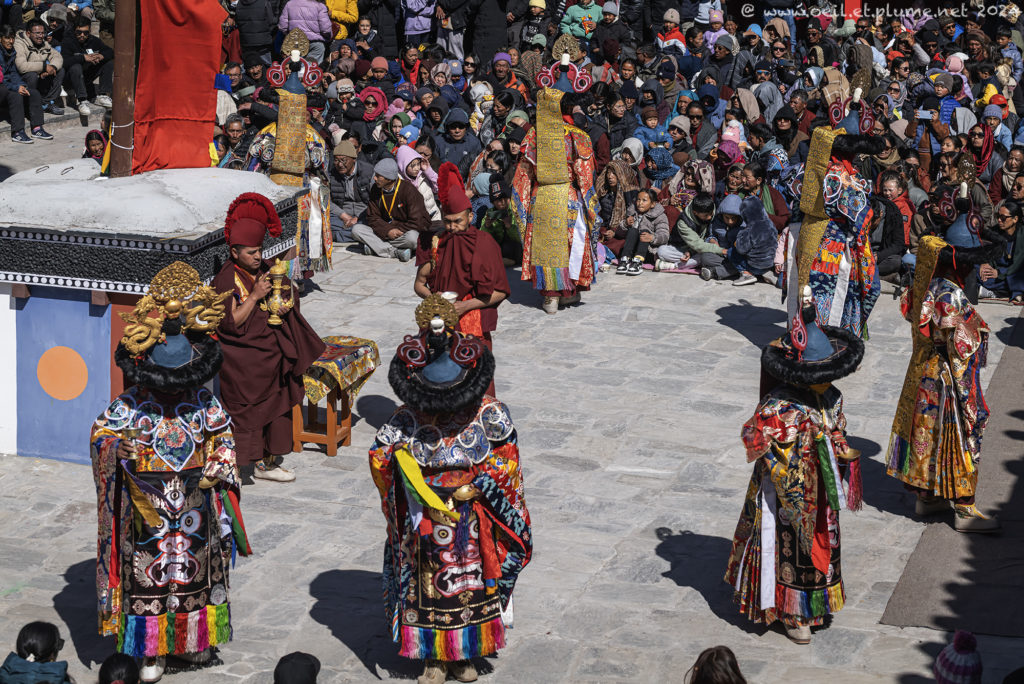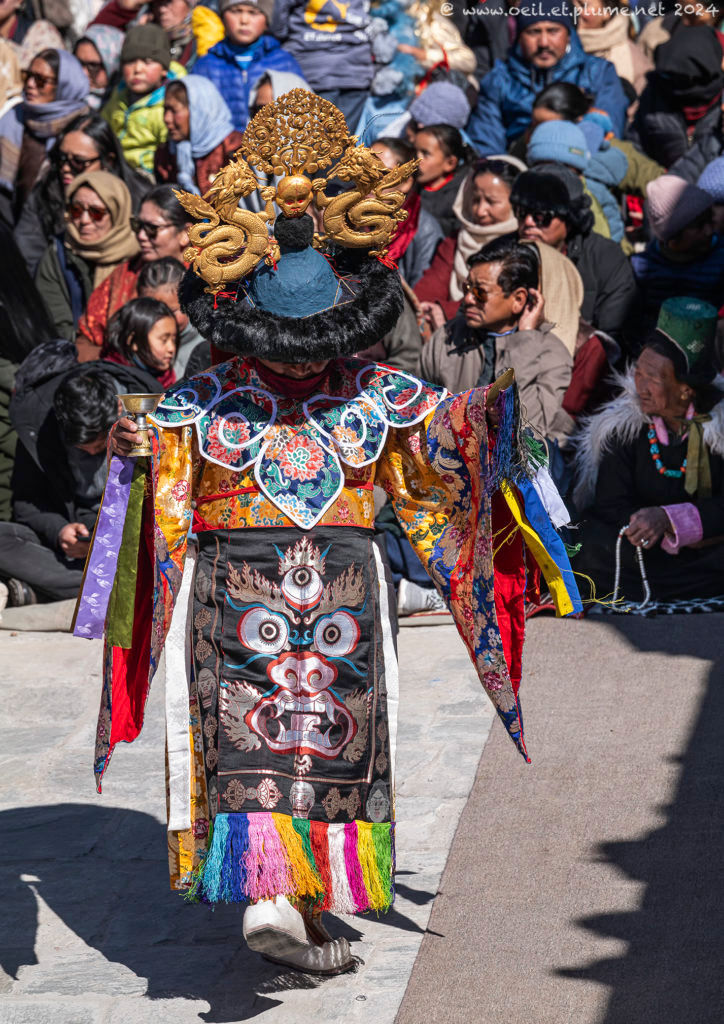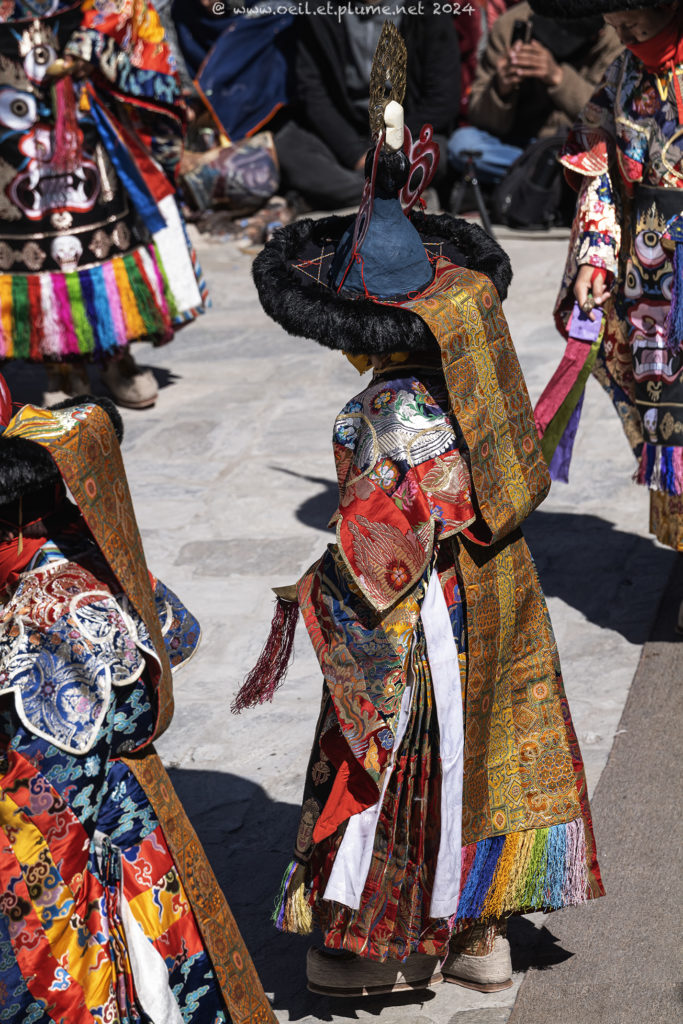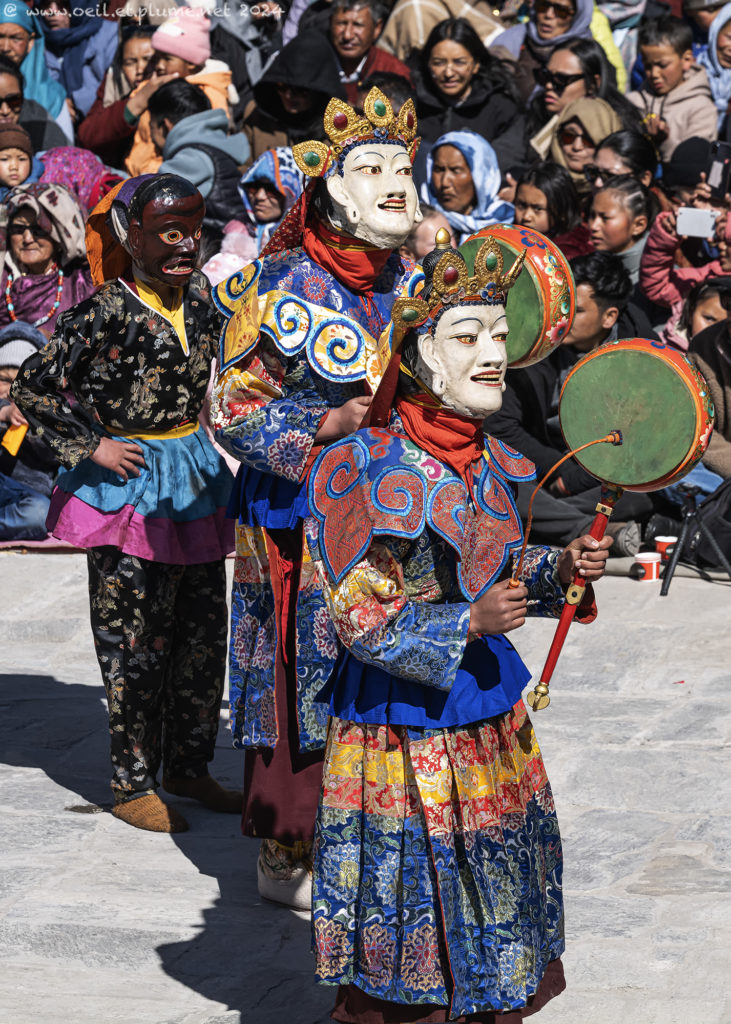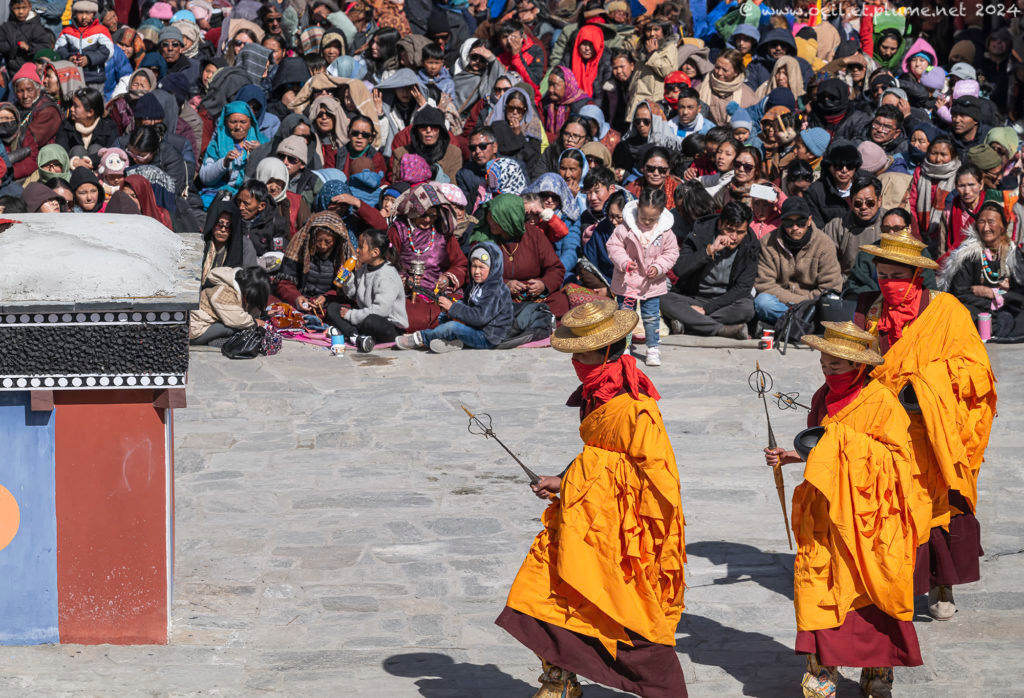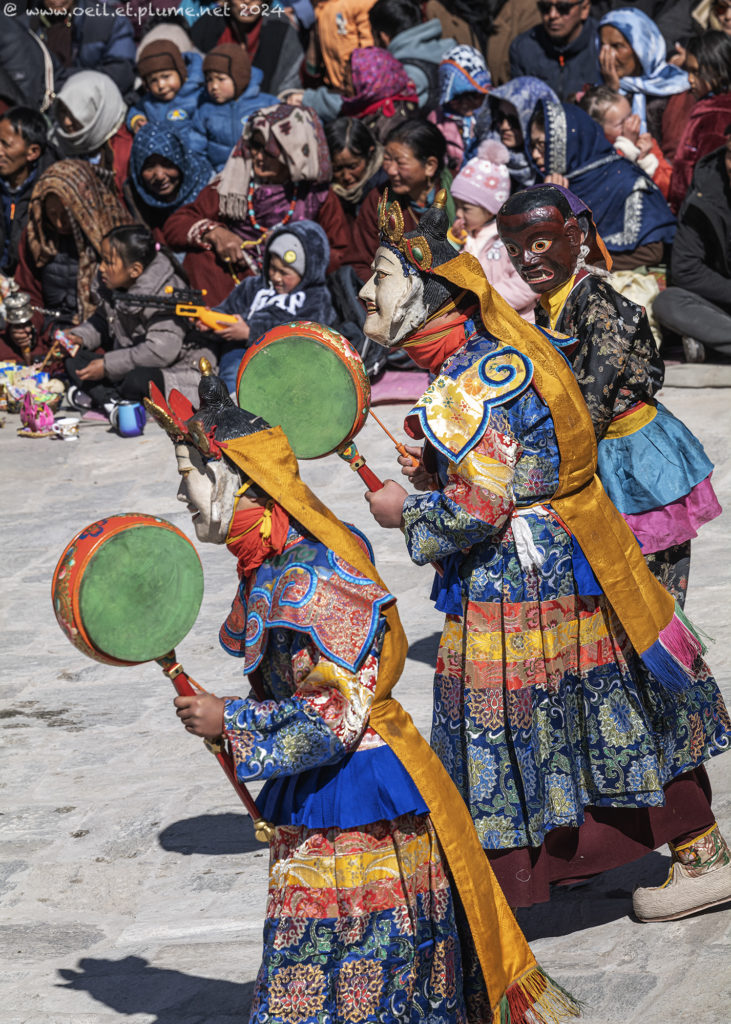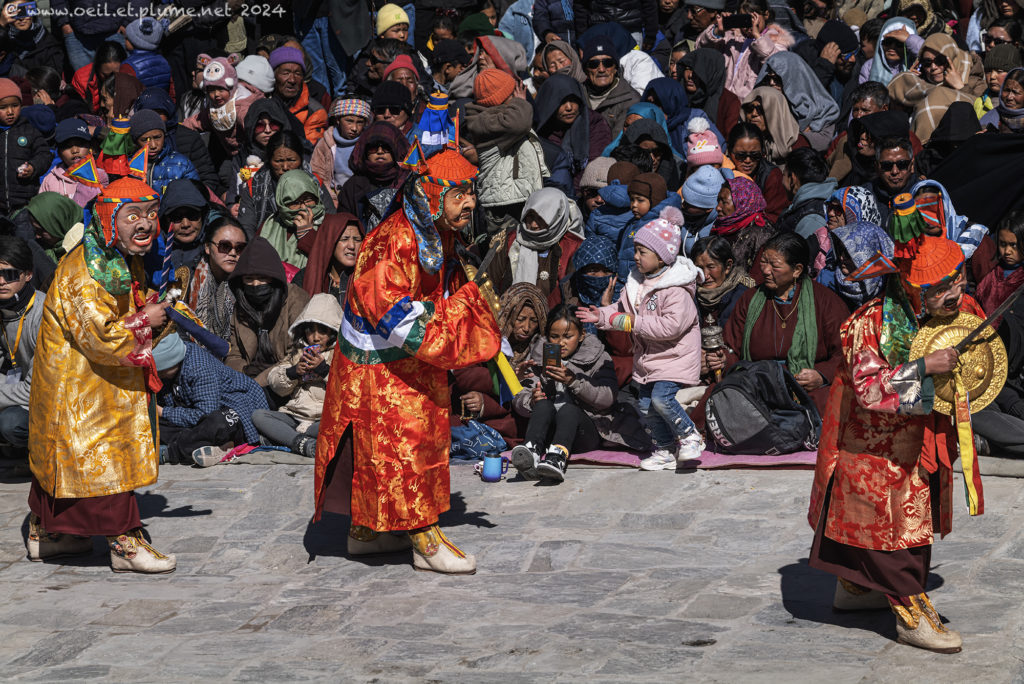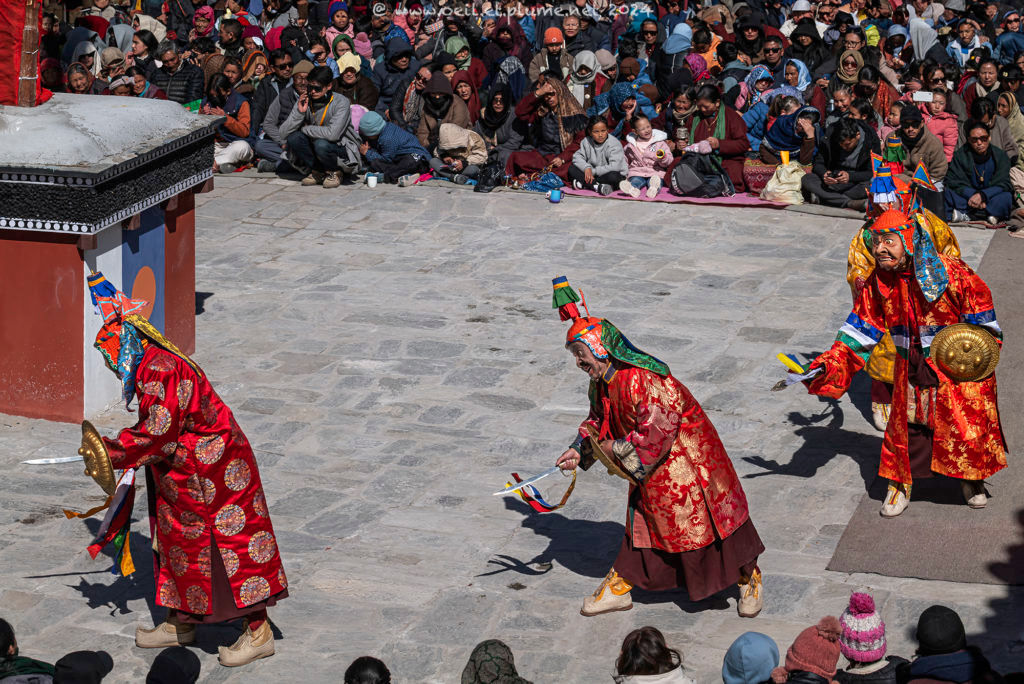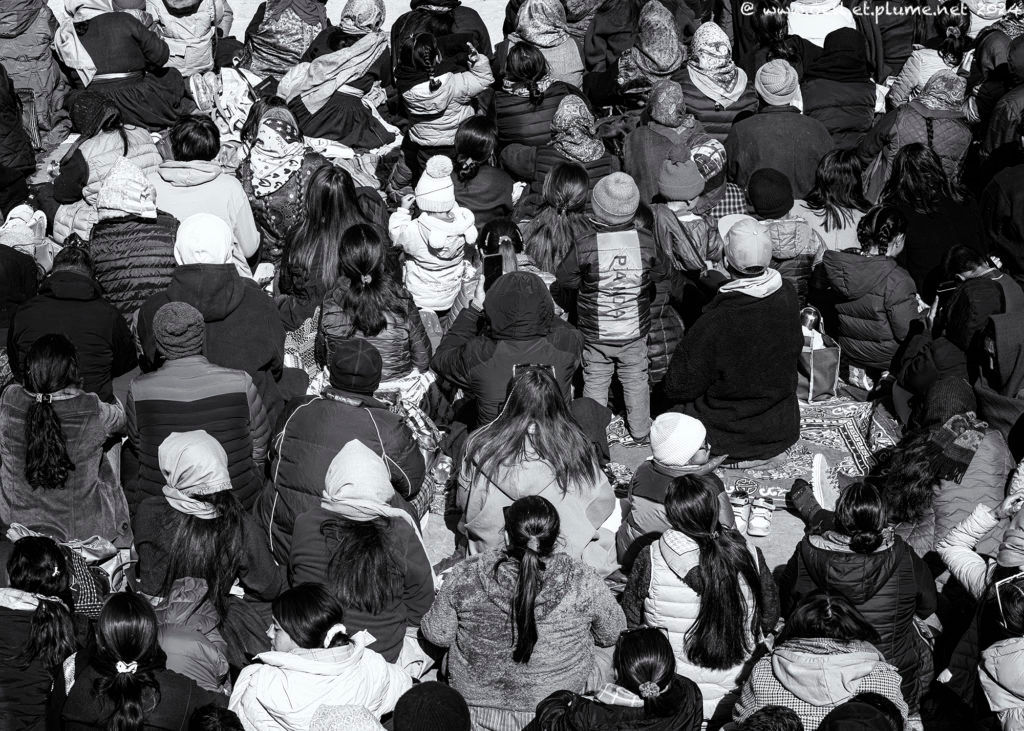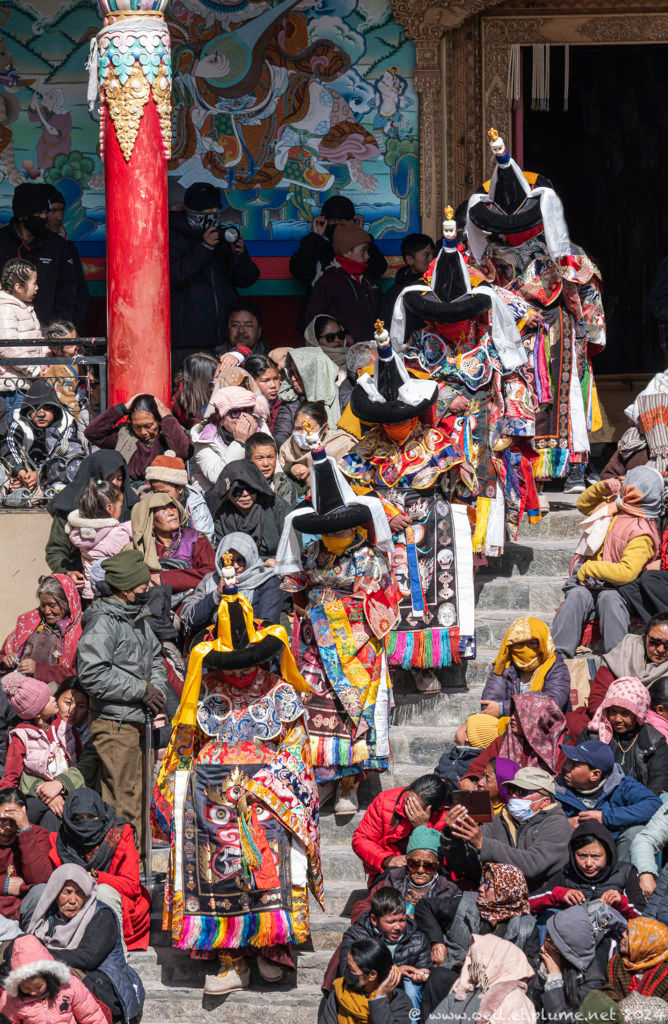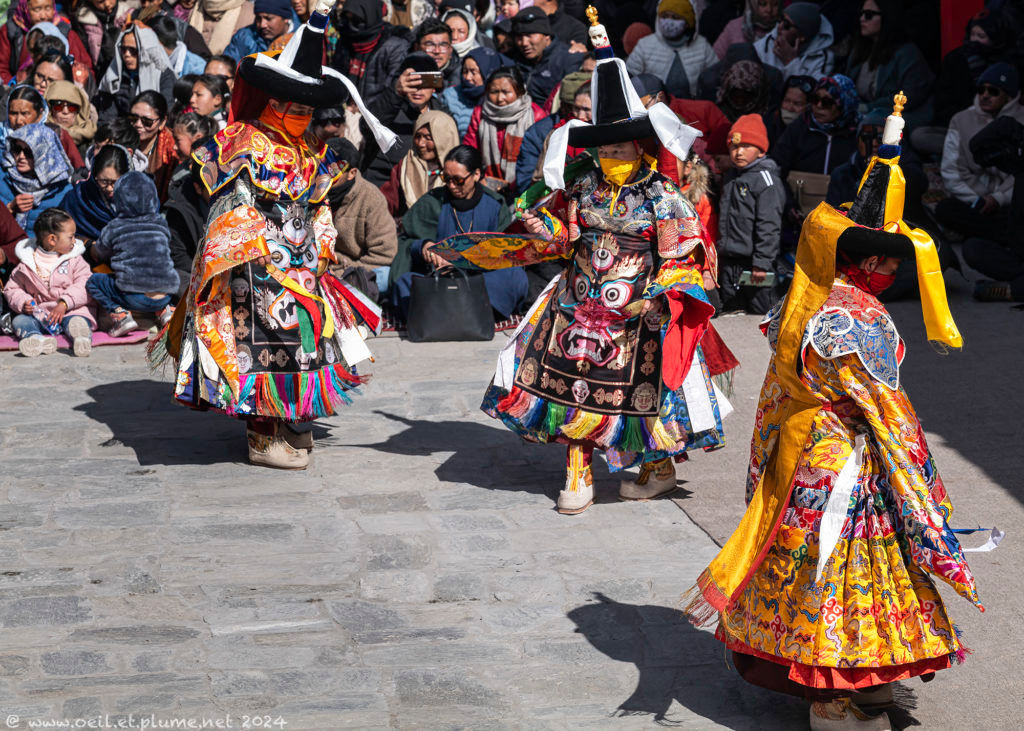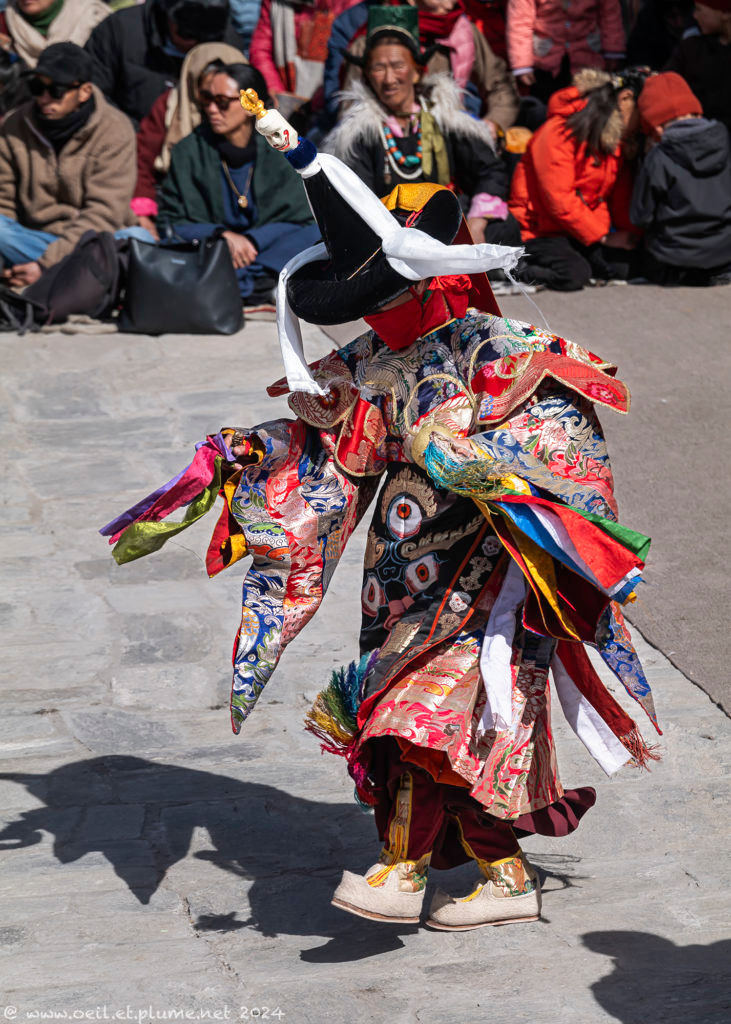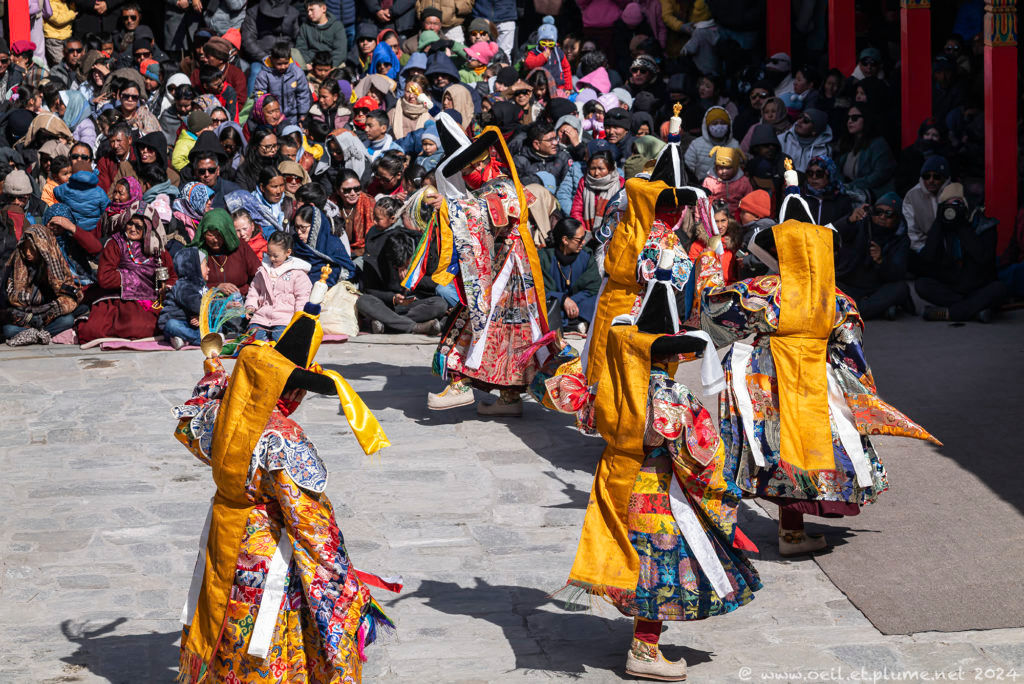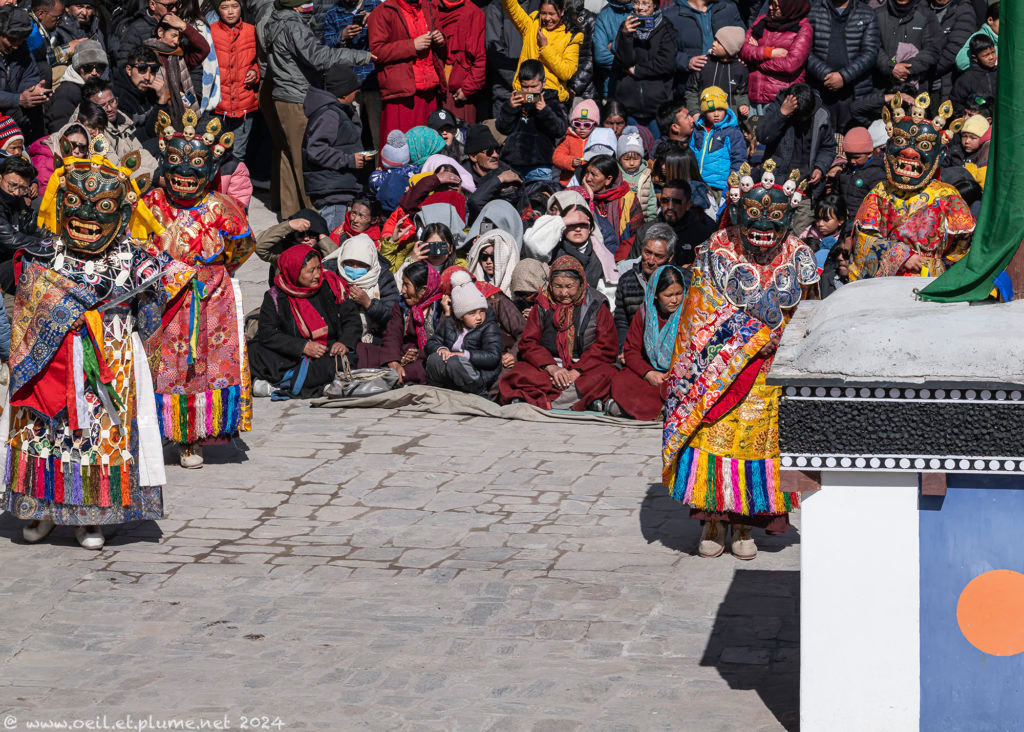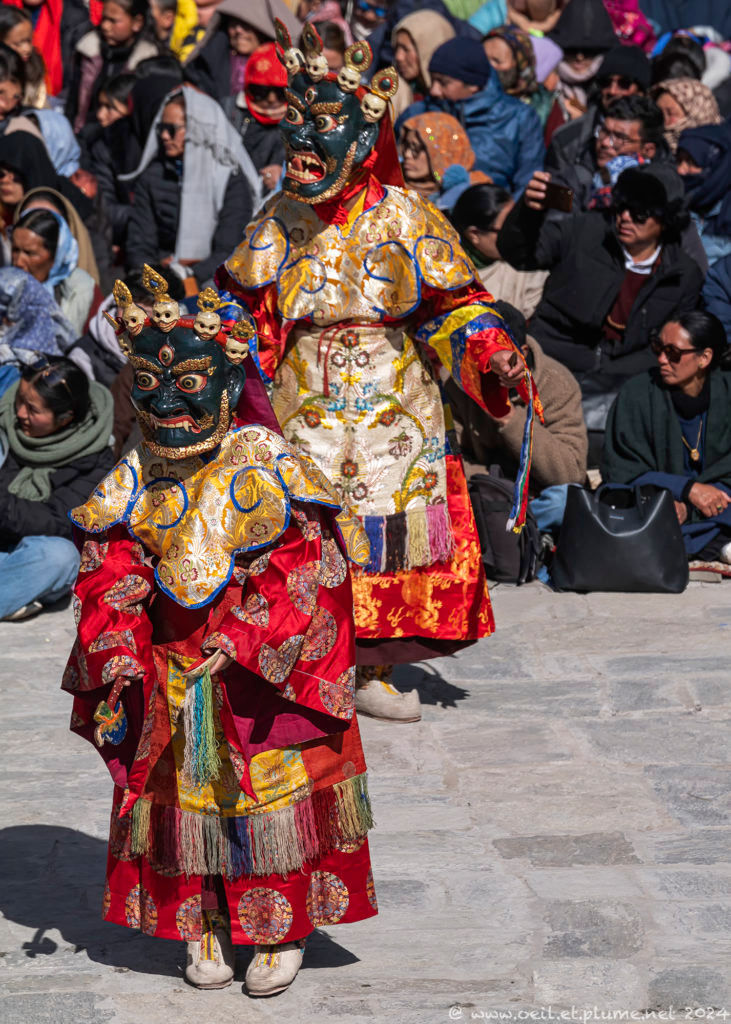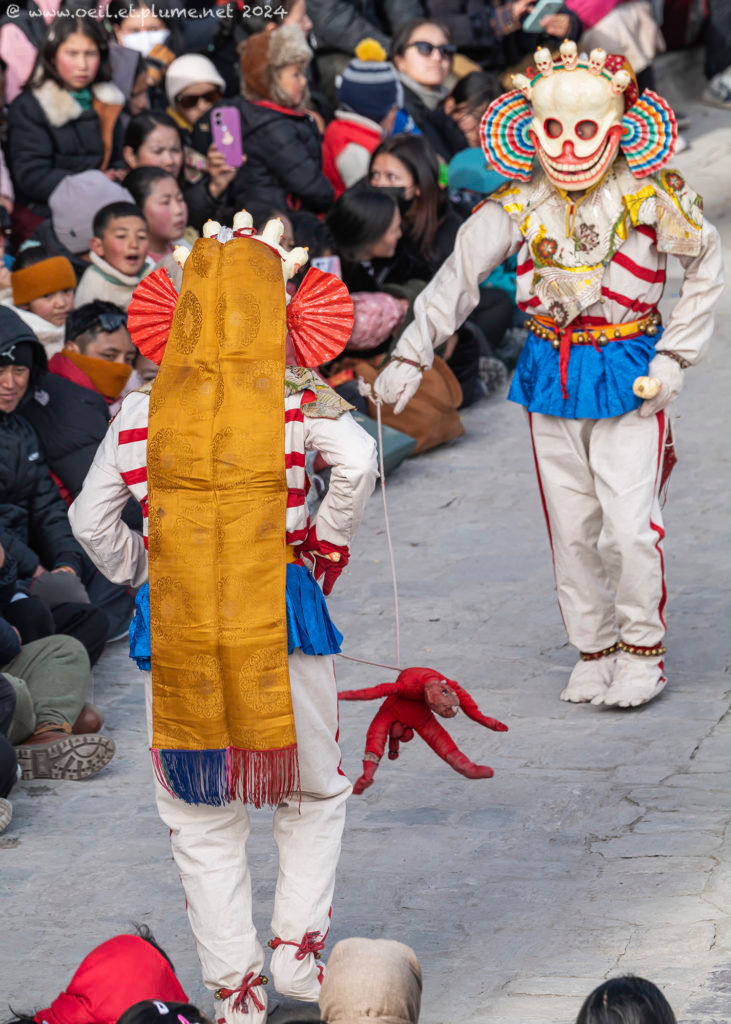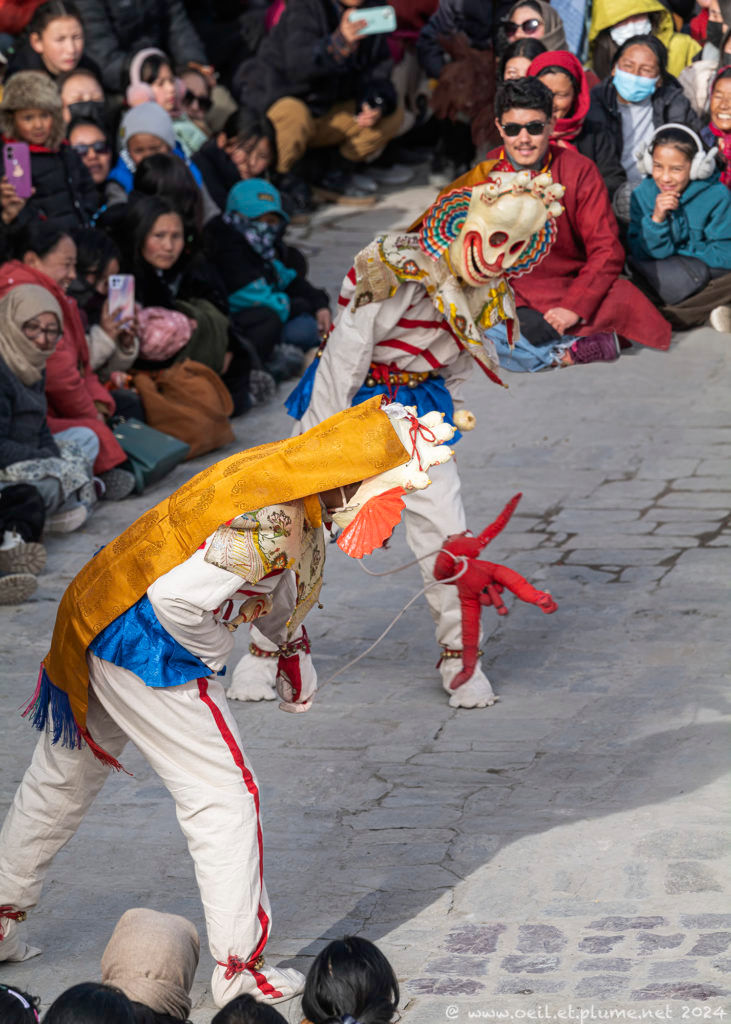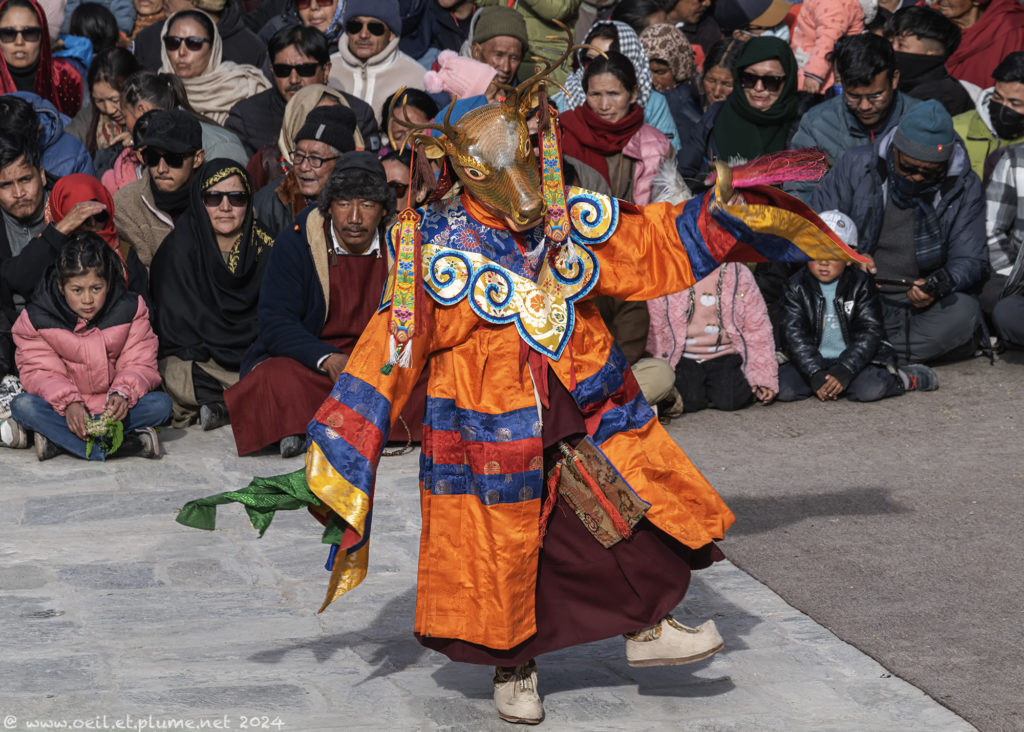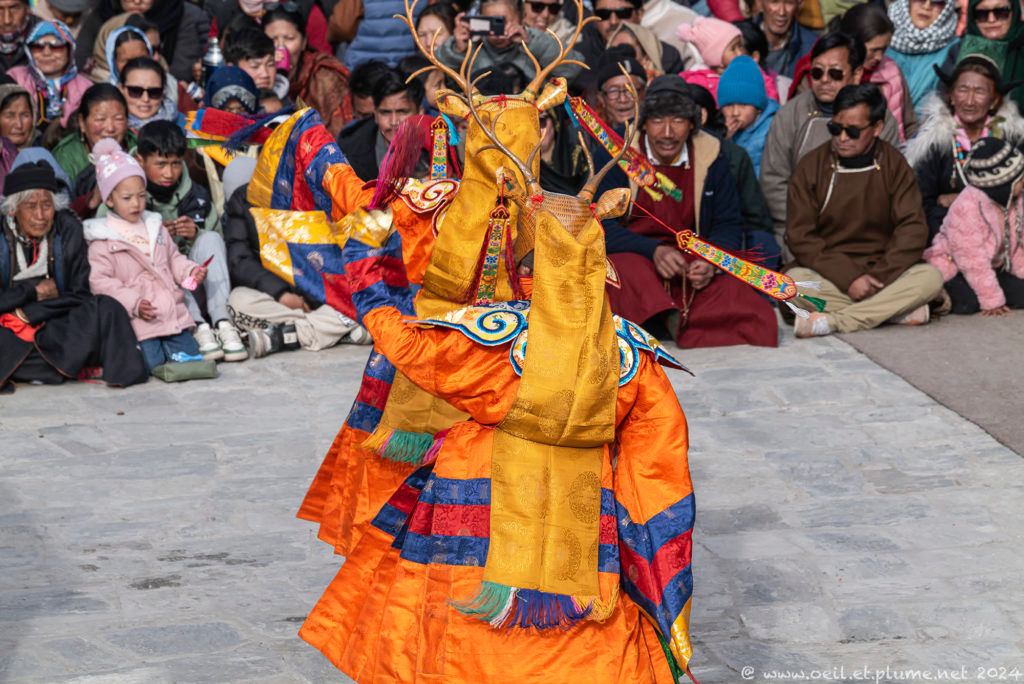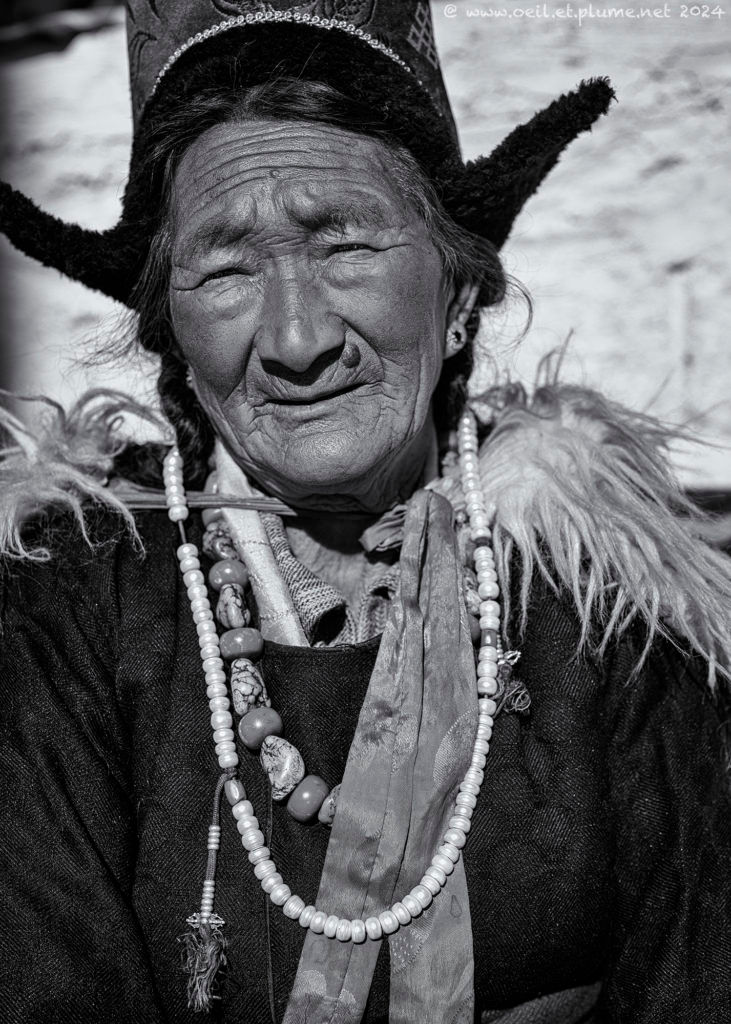How propitious will next year look like for you, your family and your friends? Alike local villagers and other folks in Ladakh, you might get critical answers to your existential questions during the Matho Nagrang Festival.
Also named Oracle Festival, the two-day religious and cultural event is held annually in the course of the first month of the Tibetan calendar. The 2024 edition of the festival took place in very sunny but biting cold days of February. The experience proved to be awesome and unforgettable, far beyond what words and pictures can tell.
Unique representative of the Sakya School of Tibetan Buddhism in Ladakh, the Matho monastery is a rather modest religious infrastructure compared to some other Buddhist monasteries in the Himalayas. Its fame across Ladakh and beyond owes much to its Oracle Festival.
Vibrant display of cultural heritage, the five-century old festival is renowned for its colourful mask dances and mystical rituals. It is believed that two oracles, known as Rongtsans, provide blessings and prophecies to the audience through two ordained monks who act as mediums. The oracles offer predictions and advice that religious and political authorities, villagers and visitors seek for guidance. The rituals, dances, and ceremonies contribute to the mesmerizing atmosphere.
Upon our arrival early morning, the courtyard of the Matho monastery is sparsely populated. However, the carefully prepared dancing and music materials in the prayer rooms hints at the vibrancy that would soon fill the space. Later in the morning, a few monks appear on the upper floor. Playing ceremonial trumpets, they summon local villagers and other visitors to gather in the courtyard.
As the courtyard fills rapidly with an energetic audience, the crowd pressure gradually edges me out from prime viewing spots. I seek refuge in a small space designated for foreign visitors.
The excitement in the air is palpable. Announced by a handful of monks playing various instruments, the abbot and other officials appear and take seat. The bustling celebration can start.
The ritual dances
The monks of Matho monastery perform a very long and rich series of dances. They wear colourful silk brocaded robes, hats and masks depicting various deities. Performers bring ancient Buddhist tales and deities to life through slow and intricate choreographies.
The audience is unevenly captivated by the spectacle. The older generations, perhaps more attuned to the cultural and spiritual significance of the festival, display a higher level of attentiveness. Yet the availability of food, drinks, and casual conversations keeps the overall energy and alertness of the crowd intact despite the long hours of stand-still.
As time elapses, I wonder when the oracles will join the audience to distill their predictions. “Later”, I am told evasively and repeatedly. Patience and surrender to the flow of events are indeed fundamentals in the Buddhist culture. Meanwhile, the sun sets and the temperature drops, the strengthening wind and the biting cold reminds of the harsh environment of Ladakh. Nevertheless, the audience remains steadfast, driven by the promise of the oracles’ wisdom and the communal spirit of the festival.
In the late afternoon, two dances stimulate particularly the public attention. As a start, two masked monks “ill-treat” repeatedly a male puppet. The puppet, with its exaggerated features, likely represents an evil figure that the monks symbolically expell from the monastery. The theatrical and humorous scene feeds waves of collective laugh amongst the audience.
In a second stage, the entrance of the two dancers dressed as male deers marks a pivotal and solemn moment in the festival. Their costumes and the gravity of their dance signify the importance of the upcoming event. As the oracles will soon communicate with the audience through the intermediary of two monks, the excitement grows to unprecedented levels.
The oracles
All of a sudden, two monks completely covered and wearing red shoes appear in an upper floor. Public announcements are made to prohibit any picture or video footage of the two oracles.
The two oracles enter the main building for a while, reappear again suddenly with their heads and torsos uncovered. In trance, they run around, dance, and shout aloud as to release a strong physical and mental pain. Their white skin and upper body seems immune to the biting cold. The oracles’ presence in the courtyard electrifies the crowd.
Security personnel hastily clear space on the top roof of the main building. The two monks pop up, fully dressed and armed with swords and lances. They run fast on the wall edge, chasing a monk who represents probably dark forces.
Eventually, the two oracles appear on the central courtyard, and perform long and slow mystical choreographies with other dancers. Their shouts, driven by the invisible spirits possessing them, resonate through the space. From time to time, they approach the abbot to whisper a few words – likely the long-awaited prophecies.
After a long while, the two oracles disappear in the main building, to stand on the top roof again, armed. One of them cut his tongue with his sword, before displaying his tongue to the audience to show that it is unharmed.
In a final and lengthy stage, the two oracles rejoin the masked dancers in the late afternoon light in the courtyard for another round of dances, before they retreat in the main building with the other dancers. The abbot stands and follow them, which draw a close to the festivities for the day.
During the two days of celebration, the two oracles perform many acrobatic or astounding acts, including with blindfold. Ahead of the festival, the two monks fast and meditate for two months in isolation to prepare for their role as mediums. They have been selected by lottery amongst the monks who aspire to play such a prominent role in the festival.
Epilogue
By sunset, we head back to our car, half-frozen by the cold, and completely overwhelmed by the strong emotions experienced during the day. Regardless of one’s religious faith and beliefs, the festival does not leave you immune to its magic.
The Matho Nagrang festival is a vibrant illustration of Ladakhi tradition. In fact, it represents far more than a cultural entertainment. The religious and mystic festival serves as a powerful symbol of spiritual connection and communal unity. Furthermore, the event crystallizes a sacred communion between the earthly and the divine.
Cheers,
